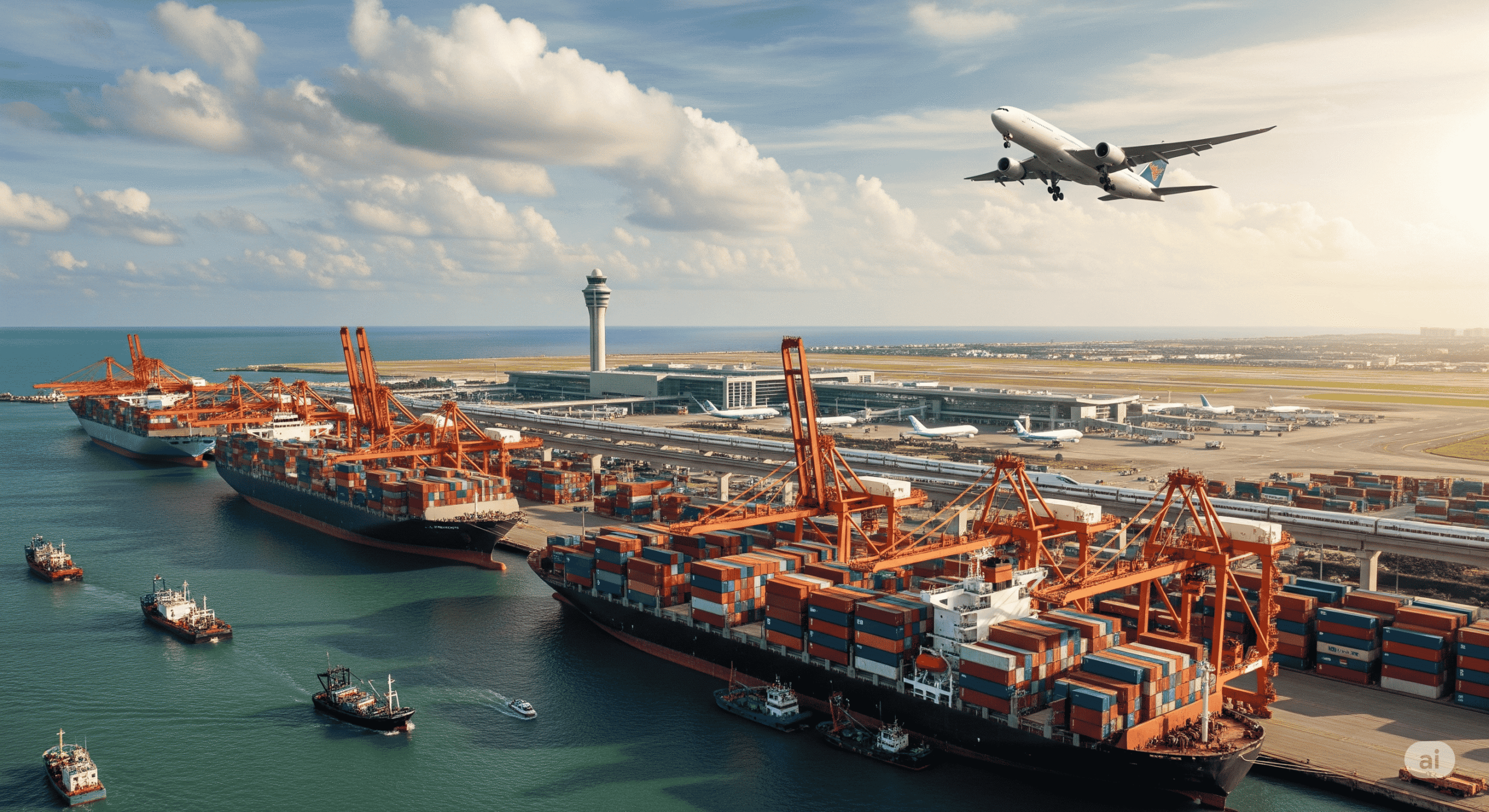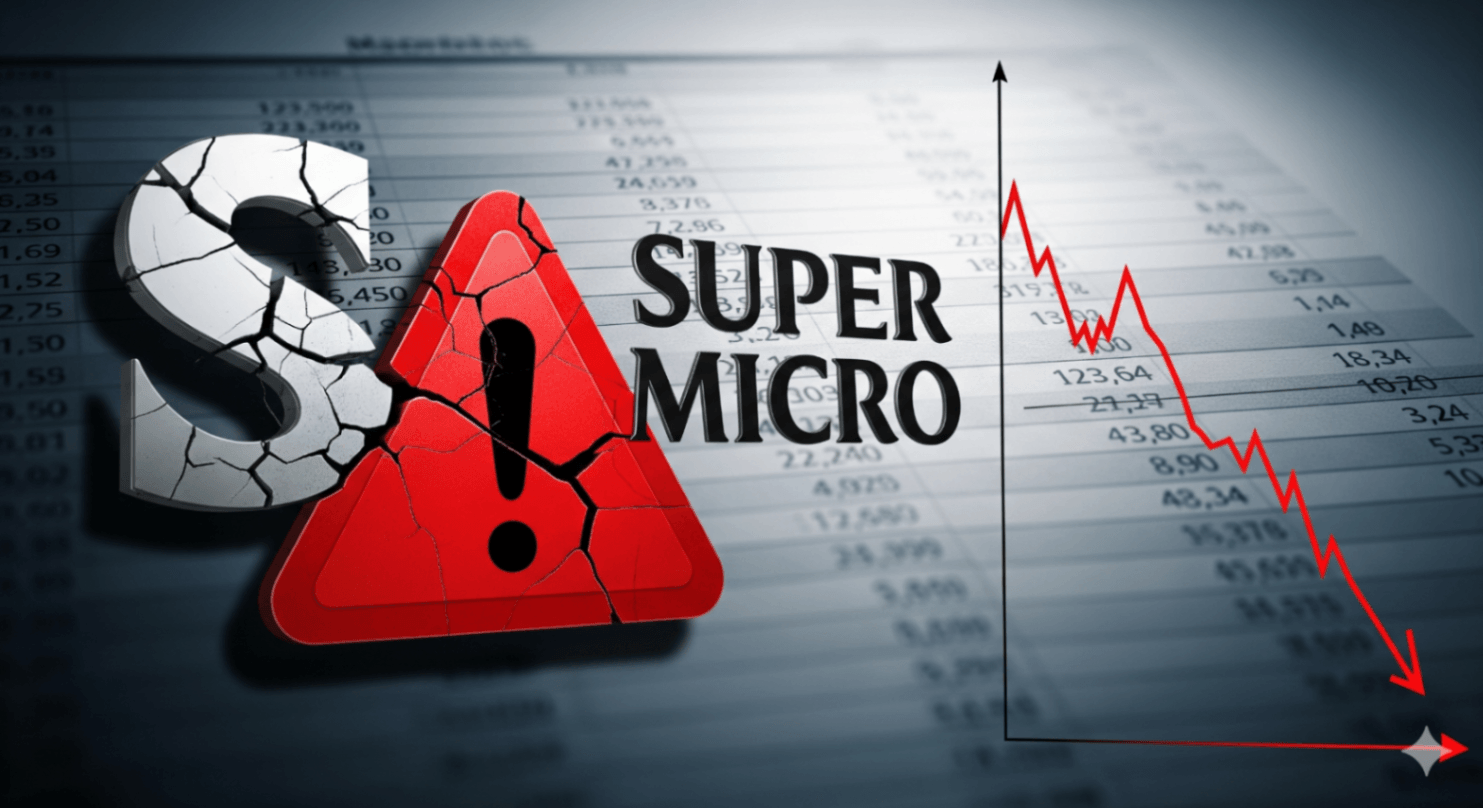Trump’s New Reciprocal Tariffs Overview
When President Trump’s sweeping new reciprocal tariffs officially went into effect on August 7, 2025, the world paused. Tariff rates between 10% and 50% now apply to over 66 countries — the sharpest escalation in U.S. trade policy in decades.
In this article, you’ll discover:
- Which countries are affected and how much they’re taxed
- Why India, Brazil, Canada, and others face steep imposts
- Economic impact and expert reactions
- What exporters and consumers should expect next
What Are the New Trump Tariffs and Who Do They Target?
What exactly happened on August 7, 2025?
- The tariffs are part of Trump’s “reciprocal tariff” policy, reintroduced in late July and detailed in executive orders. They officially took effect at midnight on August 7.
- Blanket duties range from 10% to 41% across dozens of trading partners.
Which Countries and Products Are Hit the Hardest?
- India: Initially 25%, escalating to 50% on key exports after a 21‑day window.
- Canada: Tariffs increased from 25% to 35% targeting lumber, steel, aluminum, and auto parts.
- Brazil: Effective combined tariff of 50% (10% baseline + 40% extra) due to political tensions.
- Other countries affected: Taiwan (20%), South Africa (30%), Switzerland (39%), Myanmar & Laos (41%).
- Planned duties: 100% tariffs on foreign semiconductor chips (no charge if made in U.S.) and up to 200% on pharmaceuticals.
What triggered this policy shift?
- The tariffs target countries that import Russian or Venezuelan oil, perceived as undermining U.S. economic and geopolitical interests Trade Compliance Resource Hub.
- Trump framed the policy as rebalancing trade deficits and collecting billions in federal revenue — potentially over $300 billion annually.
- A proposed Trade Review Act in Congress aims to require tariff justification and approval for extended enforcement beyond 60 days.
📉 What Are the Economic Impacts?
How global trade flows have shifted
- According to Reuters, U.S. trade deficits narrowed to $60.2 billion in June 2025 due to declining imports — a 16% drop from earlier levels.
- This contributed to a 3.0% GDP growth in Q2 — reversing earlier contraction in Q1.
- Global markets responded with volatility. Some experts link this to the 2025 stock market crash driven by prior tariff shocks in April.
Consumer & business consequences
- Economists warn that scanario may cause a family’s annual disposable income to fall by nearly $2,400 on average.
- Exporters face disruption. Indian authorities are pushing businesses to build domestic brands to offset lost U.S. access.
🧭 Expert Reactions & Legal Challenges
Some economists are reassessing initial criticism
John R. Lott Jr. recently argued even dismissive experts underestimated the strategic benefits of tariffs, likening them to other types of taxation and pointing to successful deal-making with several countries.
Legal pushback from trade courts
In April, a federal court invalidated Trump’s earlier “Liberation Day” tariffs under IEEPA authority, citing constitutional limits. But these new reciprocal tariffs are based on different statutes and remain intact for now.
🔍 FAQs (People Also Ask)
What are Trump’s new reciprocal tariffs?
Tariffs between 10% and 50% imposed on imports into the U.S. from over 66 countries, effective August 7, 2025, aiming to correct trade imbalances and penalize procurement of Russian/Venezuelan oil.
Why is India facing a 50% tariff?
India’s continuing imports of Russian oil triggered a 25% base tariff with an additional 25% incurring after 21 days, raising effective duties up to 50%.
Are semiconductor and pharma imports affected?
Yes. The president has announced 100% tariffs on semiconductor imports from countries not manufacturing on U.S. soil, and up to 200% on pharmaceuticals in a later phase.
How might this affect global exporters?
Exporters face rising costs and lost competitiveness. Governments like India are urging businesses to build recognizable national brands to combat pressure and navigate trade disruptions.
📌 What This Means for Exporters and Consumers
Exporters must pivot fast
- Businesses in India, Brazil, Taiwan, and other affected countries should now diversify markets, promote branded goods, and explore trade negotiations or exemptions.
Consumers face price increases
- Tariffs on goods like electronics, autos, and groceries may lead to consumer price hikes. Even if imported products are exempted under conditions (e.g. U.S.-made and shipped), most items are now more expensive.
Investors and policy makers should monitor
- Rising revenues from tariffs may help offset budget gaps — but sustained inflation, retaliatory trade wars, and supply chain shocks remain substantial risks.
✅ Real-World Business Advice
- If you run an export business in affected territory, start restructuring supply chains, explore new markets, and negotiate trade deals fast.
- For U.S.-based readers, businesses and consumers should prepare for inflation impacts, switch to domestically produced alternatives, and advocate for transparency in tariff use.
- Investors might consider shifts in sector weights — e.g., domestic manufacturers versus import-reliant industries.
📣 Final Thoughts
These new reciprocal tariffs mark one of the most ambitious shifts in U.S. trade policy since the 1930s. They’ve hit dozens of economies and sparked global market turbulence. As businesses adapt and governments respond, one thing is clear: trade is no longer just economic—it’s geopolitical strategy in action.

































